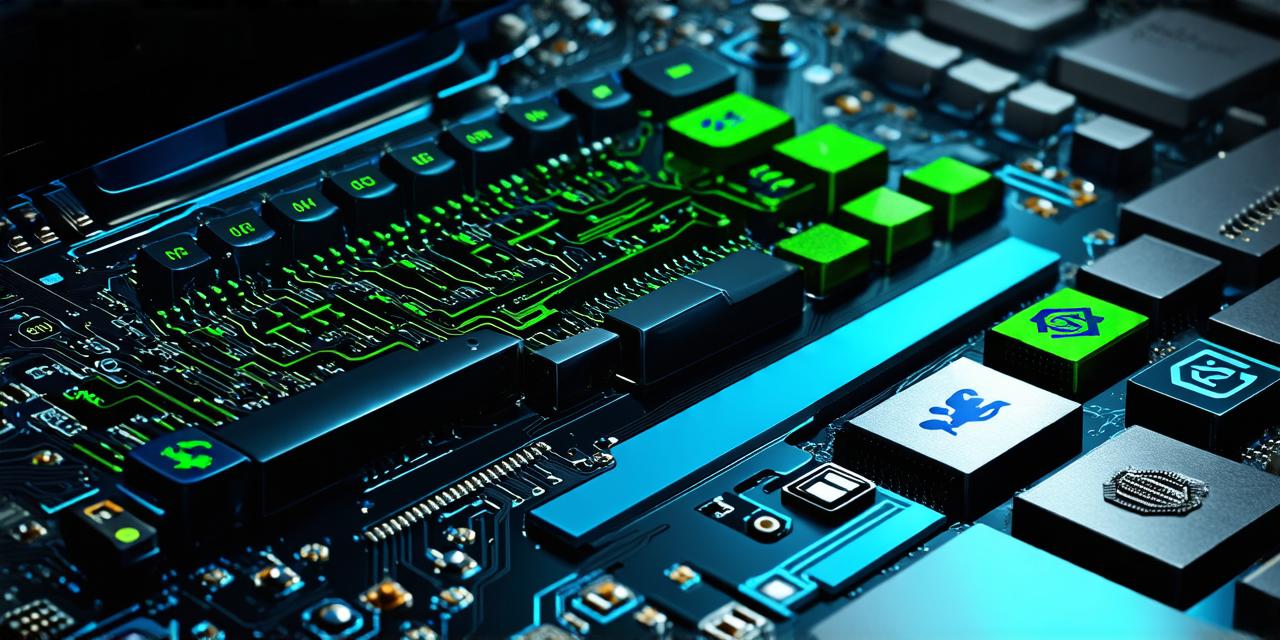Are you looking to create a 3D game using Unity? Look no further! In this article, we will go through the basics of creating a 3D game in Unity.
Unity Overview
Unity is a powerful game engine that allows developers to create 2D and 3D games for various platforms such as Windows, macOS, iOS, Android, and more. It is a cross-platform development environment that supports C, JavaScript, and Boo scripting languages. Unity has a wide range of features including animation, physics, AI, graphics, and audio, making it an ideal choice for game developers.
Setting up your Project
To start creating a 3D game in Unity, you will need to download and install the latest version of Unity from their official website. Once installed, open Unity and create a new project by selecting “Create New Project” on the start screen. Choose the type of project you want to create (e.g., 3D Game, 2D Game, Virtual Reality, etc.) and select a location to save your project files.
Designing Your Game World
The first step in creating a 3D game is designing your game world. This involves creating terrain, buildings, and other objects that will be present in your game. You can use various tools in Unity to create these objects such as the Terrain tool, which allows you to create and manipulate terrain, and the Mesh Editor, which allows you to create custom 3D models.
Adding Scenes and Objects
Once you have designed your game world, you can add scenes and objects to it. A scene is a collection of objects that are visible in the game world at a particular time. You can add multiple scenes to your project to create different areas of your game. To add objects to a scene, simply drag and drop them from the Hierarchy window onto the scene canvas.
Implementing Game Logic
Game logic refers to the code that controls the behavior of your game. In Unity, you can use C or JavaScript to write game logic. You can create script files in Unity and attach them to objects in the scene. This allows you to control the movement, animation, and other behaviors of your game objects.
Adding Sound Effects and Music
Sound effects and music are an important part of any game. In Unity, you can add sound effects and music to your scenes using audio files. You can also use Unity’s built-in audio tools to create and manipulate audio in your game.
Testing and Debugging
Once you have created your game, it is important to test it thoroughly to ensure that everything is working as expected. Unity has a built-in debugger that allows you to identify and fix issues in your code. You can also use the Play button in Unity to preview your game and make any necessary adjustments.
Publishing Your Game
When you are ready to publish your game, you can export it to various platforms such as Windows, macOS, iOS, Android, and more. Unity supports a wide range of platforms and allows you to create games for multiple platforms with a single codebase.
